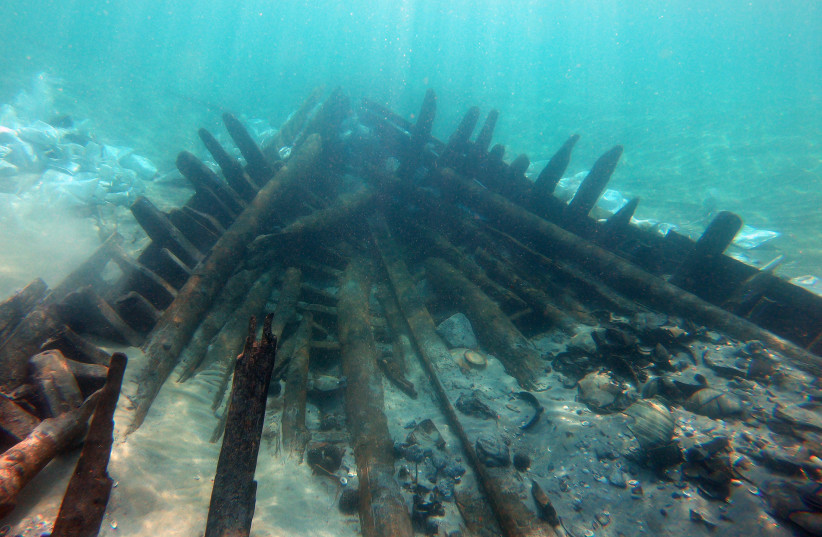In February 1942, the Vorpostenboot (auxiliary warship) V-1302 John Mann of the German Kriegsmarine (German Navy, 1935-45) sank to the bottom of the Belgian North Sea. It lies there to this day, with a large hole in the port side.
“People often forget that below the sea surface, we, humans, have already made quite an impact on the local animals, microbes – and plants living there and are still making an impact, leaching chemicals, fossil fuels and heavy metals from sometimes century-old wrecks we don’t even remember are there."
PhD candidate Josefien Van Landuyt
Shipwrecks often contain hazardous materials - explosives, petroleum, and other substances that could be harmful to the oceanic environment. A new study published in Frontiers out of Ghent University in Belgium examines the effect of shipwrecks on the surrounding waters.
“The general public is often quite interested in shipwrecks because of their historical value, but the potential environmental impact of these wrecks is often overlooked,” said PhD candidate Josefien Van Landuyt of Ghent University.
“While wrecks can function as artificial reefs and have tremendous human story-telling value, we should not forget that they can be dangerous, human-made objects which were unintentionally introduced into a natural environment,” she said. “Today, new shipwrecks are removed for this exact reason.”
Dangerous chemicals and corroding microbes

Shipwrecks are rapidly overtaken by microorganisms, allowing other life forms to colonize on the ships' surfaces. The Belgian study investigates the microbial community composition of the biofilm on steel fragments of the
historic World War II shipwreck V-1302 and in the surrounding seabed to identify species related to bio-corrosion and biodegradation.
“Although we don’t see these old shipwrecks, and many of us don’t know where they are, they can still be polluting our marine ecosystem,” explained Van Landuyt. “In fact, their advancing age might increase the environmental risk due to corrosion, which is opening up previously enclosed spaces. As such, their environmental impact is still evolving.”
Forgotten polluters
According to the study authors, this shipwreck is just the beginning.
“People often forget that below the sea surface, we, humans, have already made quite an impact on the local animals, microbes and plants living there and are still making an impact, leaching chemicals, fossil fuels and heavy metals from sometimes century-old wrecks we don’t even remember are there,” the researcher concluded.
“We only investigated one ship, at one depth, in one location. To get a better overview of the total impact of shipwrecks on our North Sea, a large number of shipwrecks in various locations would have to be sampled."
